Paper or plastic? Odds are you’ve been asked that question at least once or twice this week; and in most cases, we tend to choose plastic. The more important question, however, is what you plan to do with that plastic bag once you’ve finished using it. Will you toss it in the garbage can or recycle it?
Before you decide, consider this fact: each year, Americans alone throw away around 200 million plastic bags! The image of this massive amount of plastic bags piling up in landfills across the country is a disturbing one to say the least. But what many individuals are unaware of is that recycling unwanted plastic products is incredibly easy and the positive impact on the environment is tremendous. With just a little effort, you can ensure that your shopping bags are recycled into useful items, such as plastic picnic tables, rather than clogging our landfills!
They Make Picnic Tables Out Of What?
As you walk down the aisles of your local supermarket or home improvement store, it has become increasingly common to find a variety of products made from recycled materials. And although you may have noticed, or even purchased, some of these items, you may not be familiar with where they came from.
Recycled plastic picnic tables, for instance, are made using recycled high-density polyethylene (HDPE) plastic, which is found in a wide range of common household items. This means that your new recycled picnic tables once lived previous lives as shopping bags, wire and cable coverings, milk containers, and even shampoo bottles!
Two Easy Steps To Reducing The Negative Environmental Impact Of HDPE Plastic
So what’s the big deal about HDPE plastic? Well, like many other plastics, it can have an extremely detrimental impact on the environment. When manufactured, HDPE plastic releases harmful pollutants into the water and air; but that’s only the beginning.
The real shocker is the incredibly long time it takes for it to decompose. For example, a plastic shopping bag can take up to 1,000 years to disintegrate into the earth! On top of that, products made from HDPE plastic are often lightweight, which means they commonly blow away from the landfills and end up in forests, lakes and oceans, where they disrupt the local ecosystems.
Now that you know the harmful effects of this variety of plastic, it’s time to get down to the business at hand: what you can do to help! There are two simple habits you can adopt that will make a significant impact. Ready for it? Here they are:
#1 Become A Regular At Your Local Recycling Center
Long gone are the days when locating a convenient recycling center was like finding a needle in a haystack. Recycling is easier than ever before! Theses centers are now more plentiful and offer more convenient hours. Even better, curbside recycling is an option provided by many garbage disposal companies — It’s the perfect solution for a busy household. Just check the bottom of your plastic containers and look for the recycling symbol that displays the number 2, and you’re good to go! Load up those laundry detergent containers, shopping bags and milk jugs to be recycled into amazing new items, like colorful children’s picnic tables!
#2 Buy More Recycled Products
The second way you can help is simply to buy more products made from recycled materials. Manufacturing recycled items from HDPE plastic uses less resources, water and energy than making new plastic products – so if it’s time to replace your picnic tables, playgrounds or even your dish soap, just look for products made with recycled plastic!











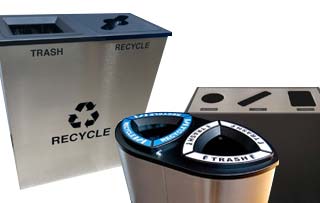









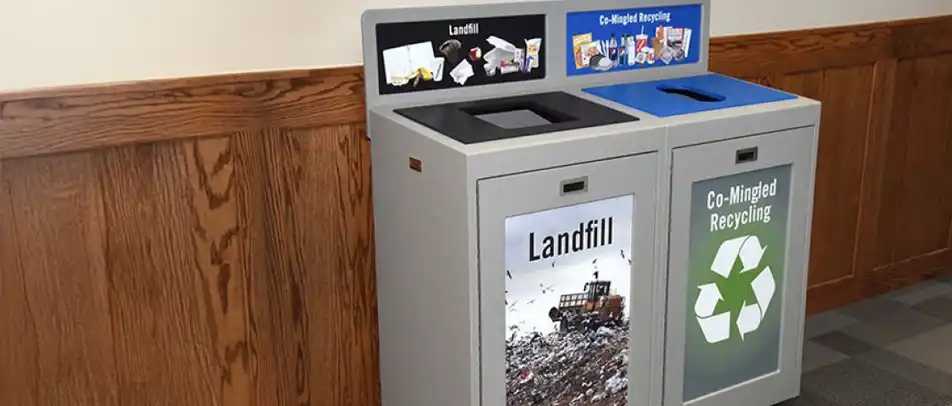










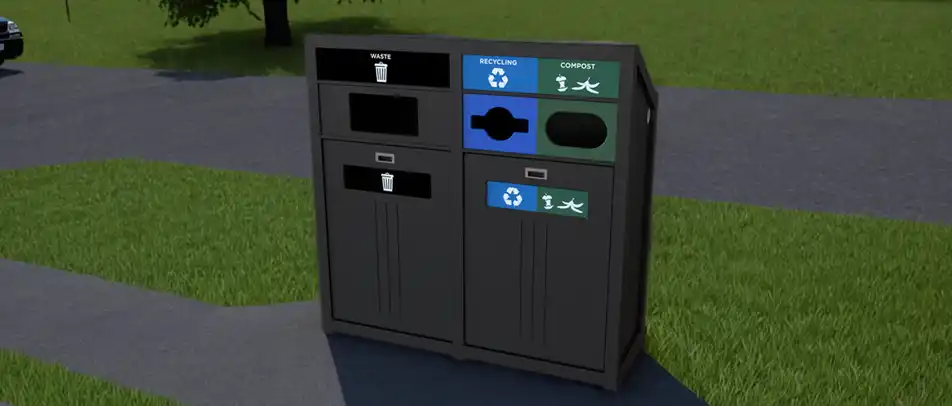












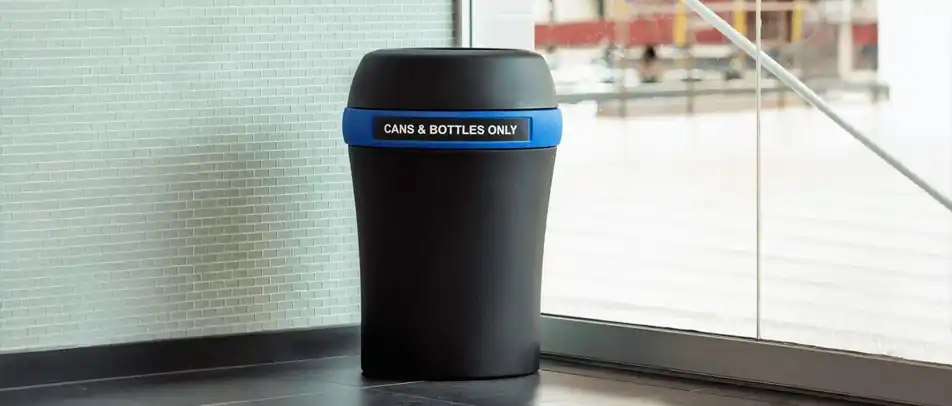









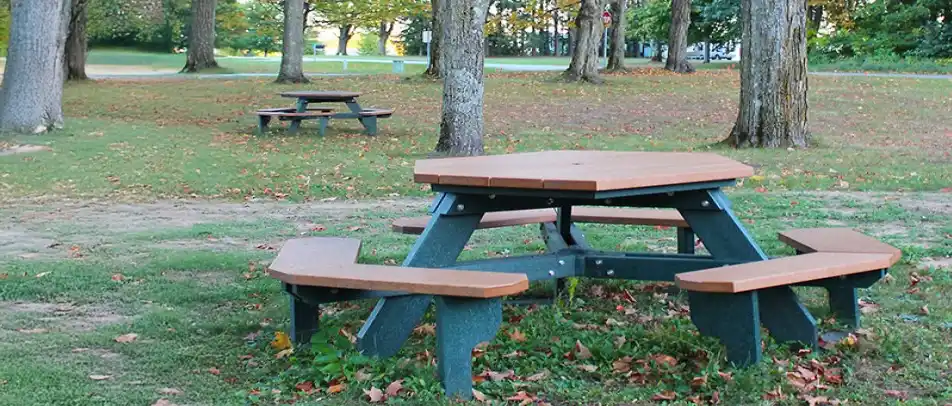
































 Three Ways to Engage Teams and Clients to Maximize Your Recycling Program Engagement
Three Ways to Engage Teams and Clients to Maximize Your Recycling Program Engagement  How to Integrate Accessibility Into Your Sustainability Planning
How to Integrate Accessibility Into Your Sustainability Planning  Why Park Benches Can Promote Workplace Well-Being
Why Park Benches Can Promote Workplace Well-Being 
